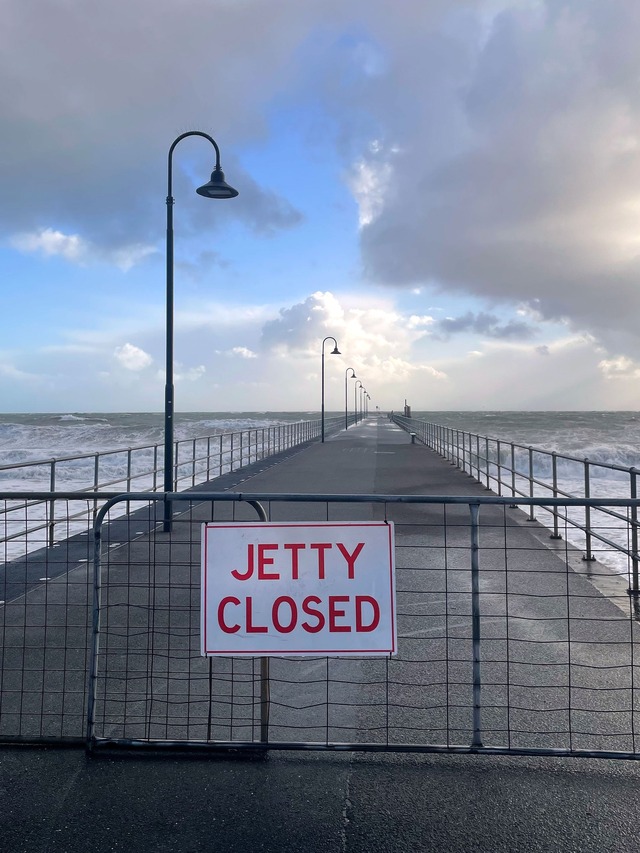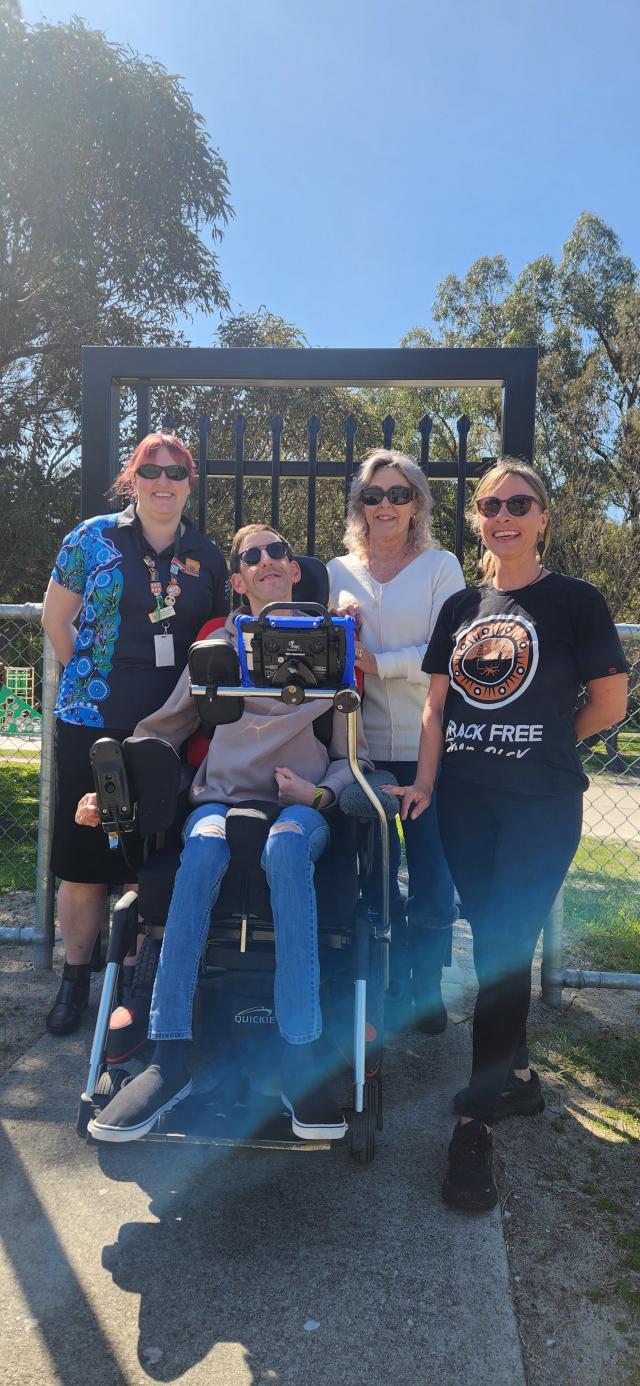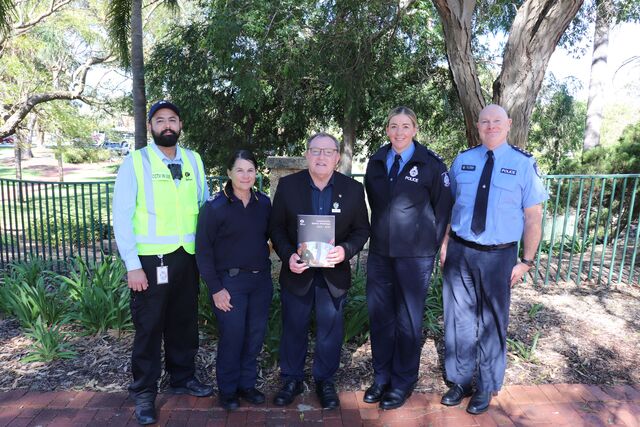Thirteen South Australian councils will share $1.45 million of grant funding to help develop strategies for future-proofing the state’s coastline from severe weather events like those seen earlier this week.
Funded through the LGA-led SA Climate Ready Coasts program, the grants will bolster co-contributions from coastal councils to support local projects that progress planning for managing current and future coastal hazards, and a changing climate.
It comes as the state’s beaches were battered by heavy rain, strong winds and abnormally high tides on Monday, smashing against jetties, eroding sand and flooding nearby local businesses.
Projects receiving grant funding will assess coastlines and determine their vulnerability to storm damage, coastal flooding, erosion and sea level rise, and create hazard maps to prioritise future actions.
Information gathered through these projects will be shared between councils and can also be used to inform data-driven decision-making by state government and other coastal organisations.
LGA South Australia President, Mayor Heather Holmes-Ross said many councils are already finding innovative ways to combat coastal erosion and other impacts, and the grants would help fund further important work.
“Managing South Australia’s coastline is a joint local and state government responsibility, however councils are on the frontline when it comes to responding directly to the impacts of coastal hazards,” Mayor Holmes-Ross said.
“Whether it be replenishing beaches with sand, replanting natural revegetation or maintaining and building infrastructure, such as seawalls, councils’ closeness to communities mean they play a critical role in implementing practical, on-the-ground solutions to protect lives, property and local ecosystems from rising tides and severe storms.
“Changing climate means these intense weather events are happening more regularly, and with limited resources councils and governments need to start thinking outside the box when it comes to planning for and mitigating coastal hazards.
“While these grants will help councils progress important planning work and support data collection, long-term investment is required to safeguard coastal communities and environments.
“It’s why LGA is calling on the newly re-elected federal government to create a national climate adaptation fund to help local government tackle climate challenges, including coastal hazards.”
South Australian Deputy Premier and Minister for Climate, Environment and Water Susan Close said it was vital to future-proof the state’s coastline against erosion and storm damage, and the state government was pleased to partner with councils on this work.
“More than 90 percent of South Australians live within 50 kilometres of our beautiful beaches, which attract more than six million tourists every year,” Deputy Premier Close said.
“Our stunning coastlines are one of our greatest assets and they are crucial for driving visitation and bolstering our economy, but also connecting communities and supporting key industries.
“We need to act now if we want to safeguard our coastline for years to come and coastal hazard adaptation planning is an important step towards doing this.”
Some of the projects being funded by the Coastal Hazard Adaptation Grants include:
• City of Onkaparinga is building on its award-winning Coastal Adaptation Strategy to deliver a real-time monitoring program using citizen science to track coastline changes and support adaptive management
• District Councils of Elliston and Streaky Bay on the west coast are collaborating to develop their first Coastal Hazard Adaptation Plan to understand climate risks and reduce future coastal management and infrastructure costs
• Kingston District Council in the South East will update its Coastal Adaptation Strategy using new hazard data and recent project outcomes to assist with ongoing management of the coastline
• City of Port Lincoln is progressing a Coastal Hazard Adaptation Plan to model the interaction of coastal hazards with stormwater and urban flooding – the first project of its kind in SA
• District Council of Robe will explore the potential for nature-based solutions, such as extensive re-vegetation, for key local beaches as an alternative to traditional engineering.
To further support the grants, new best-practice Coastal Hazard Adaptation Planning Guidelines have also been created in partnership with coastal practitioners, local and state government and can now be accessed by councils online.
Developed using similar frameworks from around Australia and overseas, they provide step-by-step guidance on how to prepare a Coastal Hazard Adaptation Plan in South Australia and can be adapted to suit different coastal contexts.








